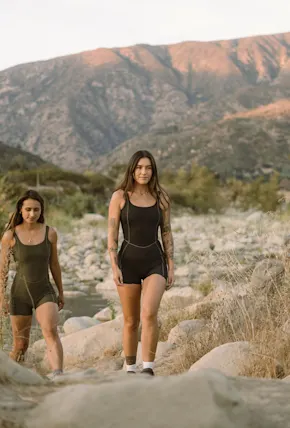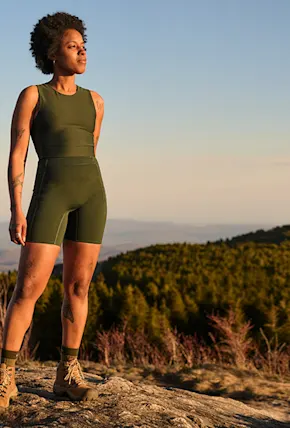When Raquel Vélez, the founder of Alpine Parrot, first started getting into the outdoors through skiing, she encountered a problem: she couldn't find the gear she needed. The available options didn't fit correctly, and didn't allow her to participate in outdoor activities safely and comfortably—the number one thing gear is supposed to do.
"I didn't look for a problem, the problem found me. As an engineer, I have a tendency to fix the problems that are in front of me," Vélez explains. "And this one seemed like a particularly interesting one."
A former Silicon Valley resident with two decades of experience in mechanical, robotics, and software engineering, Vélez decided the solution was to make her own clothes. She began her jump into the apparel world with a sewing class (it was a first; she'd chosen woodshop over home ec back in middle school). After learning how to make a pillow, she made the fast track transition to clothing, but pre-made patterns found at Jo-Ann Fabrics or Michaels are, like most things in the apparel world, designed with an idealized body type in mind.












